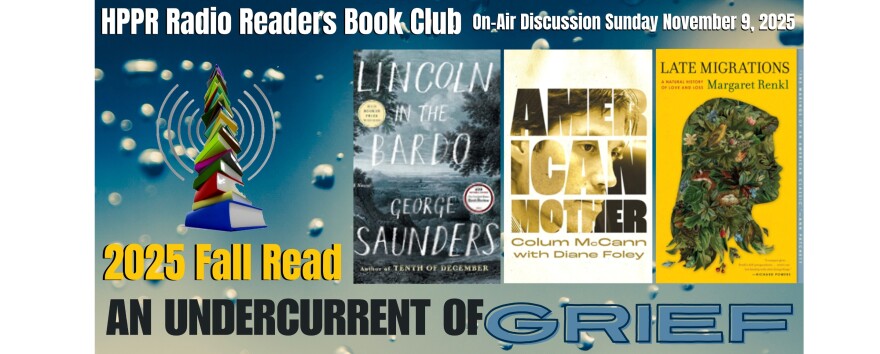Journey from the Bridge by Melodie Graves
The March trilogy, written as a three-part graphic novel, is the story of discrimination and oppression as experienced by the great John Lewis. John Lewis was a Civil Rights advocate since he was young. He fought for equal rights for everyone until the day of his death in 2020. His accomplishments will continue to live on even after his death, and this trilogy is a way to make sure his story and legacy continues.
Book One begins with a group of African-Americans marching across a bridge. During the march, they were told to turn around, and they chose to kneel; as a result, they were assaulted and had tear gas thrown at them. The novel then switches to John Lewis getting ready for the inauguration of Barack Obama. The comparison of times illustrated here was amazing. The people on the bridge are fighting for people like Barack Obama to be in the places that he was allowed, including becoming the first African-American president of the United States. During this time, Mr. Lewis fought against so much oppression and hatred. When he first heard Dr. King on the radio, he admired how he was using his platform as a preacher to advocate for Rosa Parks and organize the Montgomery Bus Boycott. The book flashes to different points in Mr. Lewis’s life, but the jumping around is important to understanding the story.
Book Two begins again with Mr. Lewis at the inauguration of Barack Obama. I believe they chose to go back to this because it was a sign of just how their fighting for equal rights had paid off. The story then takes us back to a time in Lewis’s history where he had to fight for his rights and others. This time he was taken back to the movie theaters where they had “stand-ins,” which usually resulted in African-Americans being taken to jail; this time 26 of them went to jail. In 1961, Lewis met the Freedom Riders, and they continued to work on integrating the buses. They endured being beaten, being paralyzed, and many were killed. Once Lewis and Dr. King teamed up to go against a Governor who wanted segregation forever; the fight got even more dangerous for King, Lewis and all African-Americans. Bull Conner used water hoses and police attack dogs to try and control the protestors, but they wouldn’t stop because they were fighting for what was right.
During this time, Medgar Evers was shot, and John was elected chairman of the SNCC. He moved to Atlanta to work with Dr. King, Malcolm X, and others who were leaders during this era. The last march was the “March on Washington.” Kennedy spoke first, and Dr. King talked about the dream he had for America. This would be the last time that he would see President Kennedy before his untimely assassination.
Lewis spoke profoundly about the death of Kennedy: “I remember I just started crying, and the next day I got up and I travelled to Atlanta; I think I cried all the way from Los Angeles to Atlanta. It was a dark, dark period. But we would get better. I think when he was assassinated something died in America—something died in all of us who knew him, who worked with him. He was the embodiment of the hopes and dreams of so many people. I think our country and the world community would have been much better if he had lived. We would have ended the war in Vietnam much earlier … he would have been a force in bringing together the young people of the world.” Lewis always reminded us that unity could bring about change.
Book Three opens with the three girls being bombed at the church in Birmingham. This event sparks much violence and killing, but Dr. King reminded them that they needed to continue to fight for their rights. The story them flashes again to 2009 when Lewis is shaking hands with President Obama at his inauguration. Then back to the struggles Lewis faced in the 1960s where African Americans were fighting for the right to vote.
The oppression continued. The killings and bombings continued. Dr. King met with President Johnson about the Voting Rights Act but he refused to put it into effect.
Malcolm X was assassinated and another March was organized in 1965 at the Pettus Bridge. Lewis is beaten in the head and while in the hospital Dr. King comes to visit him. The March now referred to as Bloody Sunday gave way to the passage of the Voting Rights Act of 1965. Flash forward to 2009, the inauguration of Barack Obama as evidence of just how far Lewis has been able to bring us. We owe him so much for his contributions to the struggle.
The life of John Lewis should be studied by every American. His life was not just about the rights for blacks but also for all that are oppressed. In September of 2020 I had the opportunity to go to many of the places that March talked about and being in those places really encouraged me to start advocating harder. As I walked the Pettus Bridge and recalled all those who had fought for my rights during Bloody Sunday, I knew that I had to continue to carry Mr. Lewis’ legacy. Standing at the church where the little girls died from the bomb it broke my heart. Walking through the bus station where the Montgomery Bus Boycott took place was so empowering, the Museum still has some of the actual floor from the original bus station.
That was a trip that I will never forget. I am forever empowered to make the impact that Mr. Lewis made in this world.









